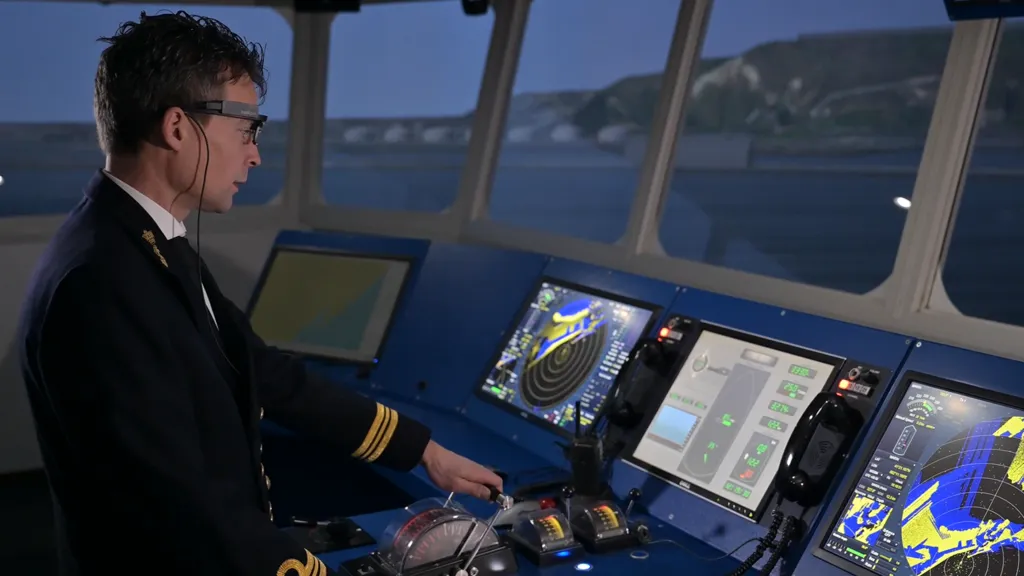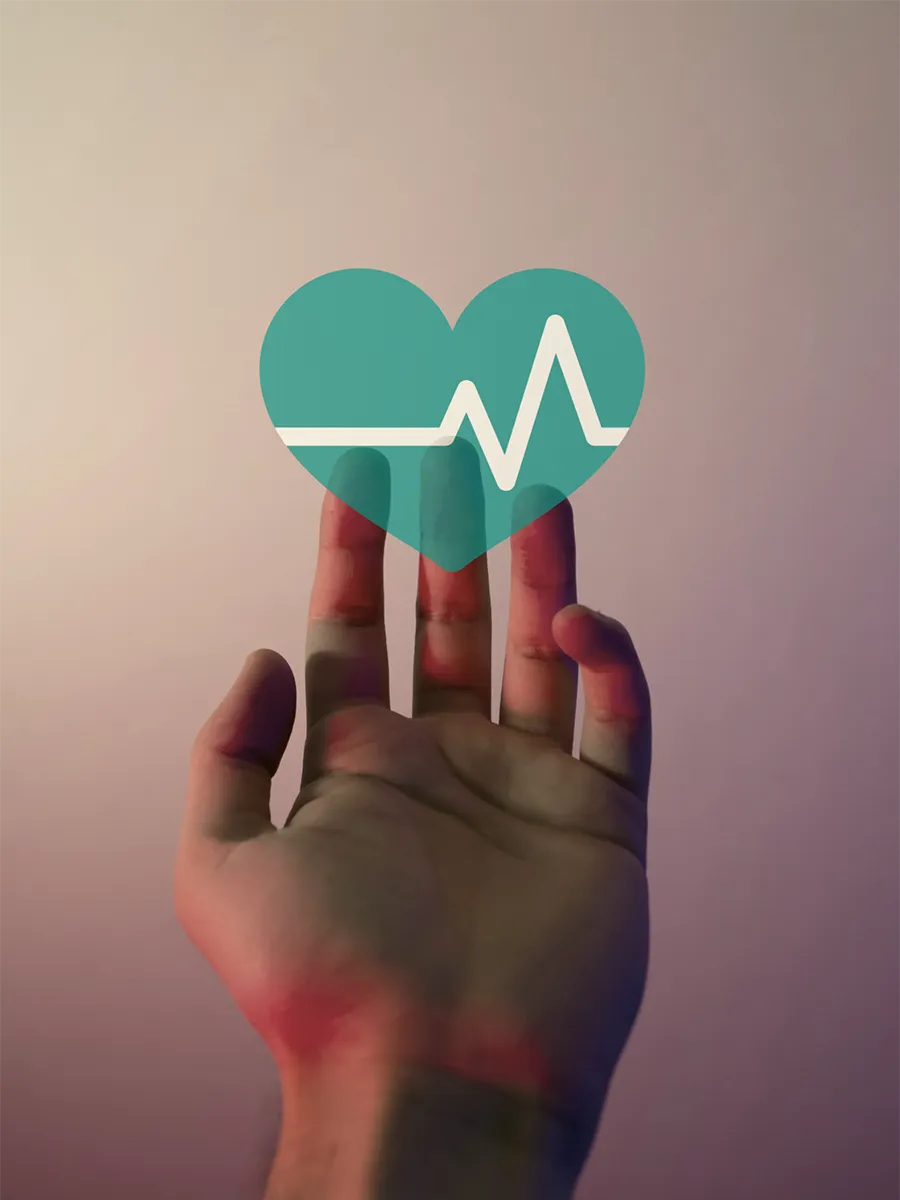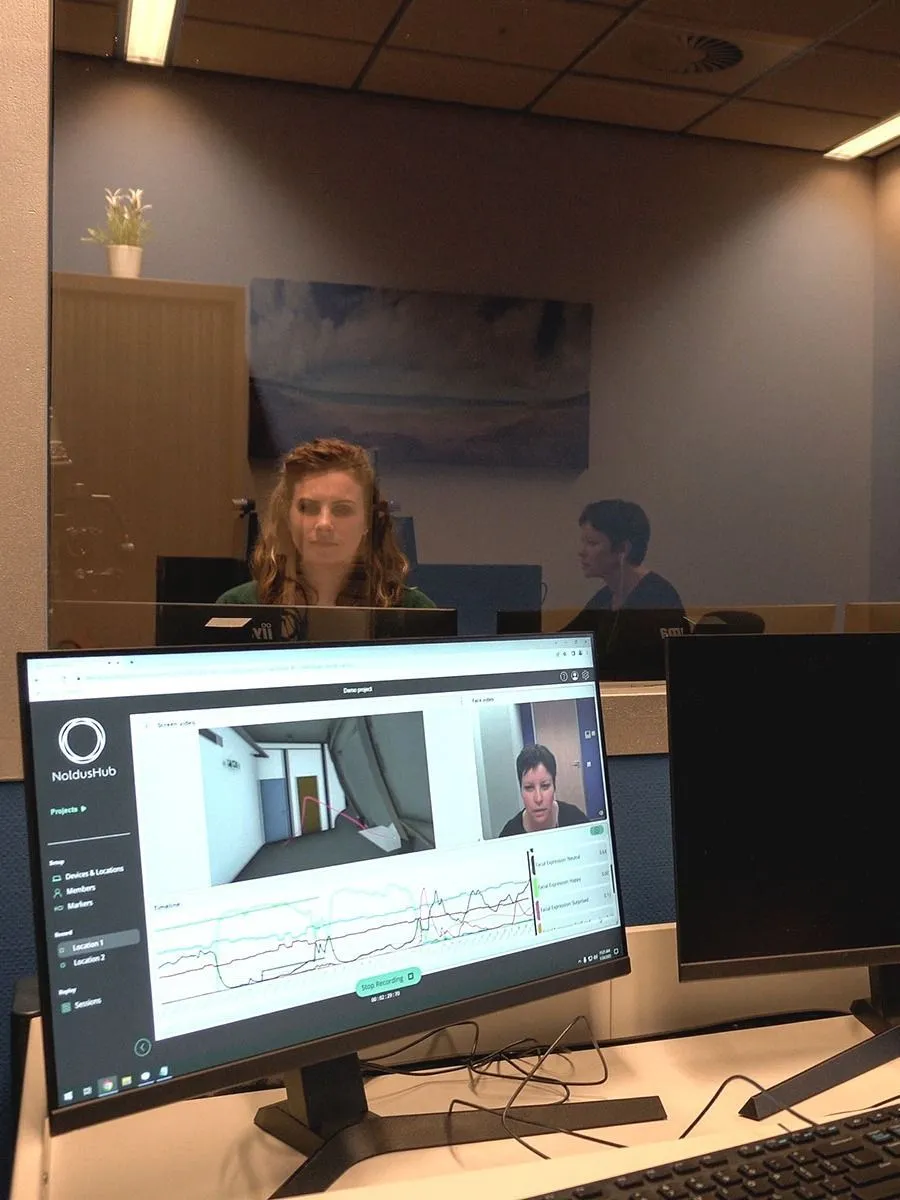Optimize human performance
Human Factors research
In human factors and ergonomics, you’re at the center of every design choice. By applying insights from psychology and physiology, this approach aims to reduce human error, enhance efficiency, and make interactions safer.
- How do users interact with your website or product?
- What is the role of emotions and attitudes in user experience?
- How do people use and interact with your product?

A day in the life of a Human Factors researcher
As a human factors researcher, your day revolves around optimizing the interaction between people and systems, whether in maritime, automotive, or aviation fields. You apply psychological and physiological principles to design products and processes, focusing on aspects like cognitive load, workload, and decision-making.
Reduce human error with data-driven insights
Your goal is to reduce human error, boost productivity, and enhance safety and comfort. By studying ergonomics, you examine how human activities impact both mind and body, analyzing physiological responses and muscle strain.
Using tools like NoldusHub, you integrate system data to understand behaviors in their full context, ensuring designs are user-friendly and efficient. Discover how Noldus can support you in achieving all of this.
What is Human Factors and ergonomics research?

Human factors and ergonomics research focuses on understanding why people behave the way they do and improving the design of products, processes, and systems.
The main goal is to reduce human error, increase productivity, and enhance safety and comfort with a specific focus on the interaction between the human and the thing of interest. By applying psychological and physiological principles, this research area helps reduce errors and optimize performance.
Trusted tools for Human Factors research
Noldus tools like The Observer®XT and NoldusHub® are widely trusted in Human Factors research across aviation, automotive, and maritime sectors, especially in high-stakes, time-critical environments where precision and reliability are essential.
These tools support complex experiments and give precise statistics, like task completion times and error rates. This enables you to combine behavioral data and video with physiological signals, eye tracking, sensor readings from a bridge or flight simulator, and more.
Best practices for Human Factors research

User-centered design | Prioritize the needs, abilities, and limitations of the end-users throughout the design process. Involve users early and often to ensure products and systems are intuitive and effective.
Iterative testing | Conduct iterative testing and evaluation throughout the development process. Regularly test prototypes and gather user feedback to identify and address potential issues early on.
Multi-disciplinary approach | Collaborate with experts from various fields such as engineering, psychology, and ergonomics. A diverse team helps in addressing different aspects of human-system interaction.
Contextual analysis | Study the environment in which the system will be used. Understanding the real-world context, including physical, social, and organizational factors, helps in designing more effective solutions.
Objective measurements | Utilize objective measurements such as physiological responses, eye tracking, and workload assessments to gain insights into user interactions and cognitive load.
Comprehensive data analysis | Analyze data thoroughly to uncover patterns and insights. Use various analysis techniques to interpret both quantitative data (like survey results) and qualitative data (like interview transcripts).
Risk assessment | Identify and assess potential risks associated with human interaction with the system. Implement strategies to mitigate these risks and enhance safety and usability.
Focus on ergonomics | Consider ergonomic principles to reduce physical strain and discomfort. Analyze how users interact with controls, displays, and interfaces to ensure they are designed for comfort and efficiency.
Comprehensive training and documentation | Develop thorough training programs and documentation for users. Proper training and clear instructions help users operate systems safely and effectively, reducing the risk of human error.
Training and consulting services
Besides training you and your colleagues in the art of usability testing and Human Factors research, Noldus’ professionals can also assist you when performing your experiments or take care of one or more of the stages of the testing process:
- Set up a test lab in an environment you describe as typical of that in which your products will be used.
- Set up the test itself. Together we identify the relevant characteristics of your users and create a task list, consisting of all key tasks to be performed with your product.

Customer success stories

Hofstra University
The Behavioral Research in Business Laboratory is a state-of-the-art facility at Hofstra University in Hempstead, New York. The Business Lab is specifically designed to conduct multi-disciplinary behavioral research and has been fitted with advanced software and hardware to design and conduct human behavior studies, and analyze the research data.
Dr. Anil Mathur | Behavioral Research in Business Lab | USA

MARIN - Maritime research institute
Hans Huisman shows us around a state-of-the-art ship bridge simulator at MARIN: one of the world's leading maritime research institutes. A full ship's crew can be trained and observed at their simulators, in which they can be introduced and trained to all kinds of challenging conditions.
Hans Huisman | MARIN | The Netherlands

Ede Christian University of Applied Sciences (CHE)
The UX lab that is set up at the Ede Christian University of Applied Sciences is intended to study human behavior. For example students' behaviors during mock interviews or when they are practising conversation skills.
Marnix Bras | Christian University of Applied Sciences, Ede | The Netherlands
Are you looking for advice on your application?
Do you want to learn more about how to apply Noldus products to your
research, or do you need advice from our team of behavioral experts?
Noldus is here to assist you throughout the whole process.